Home>Dining>Tableware>What Setting Should You Use To Reduce Cloudiness In Stemware?
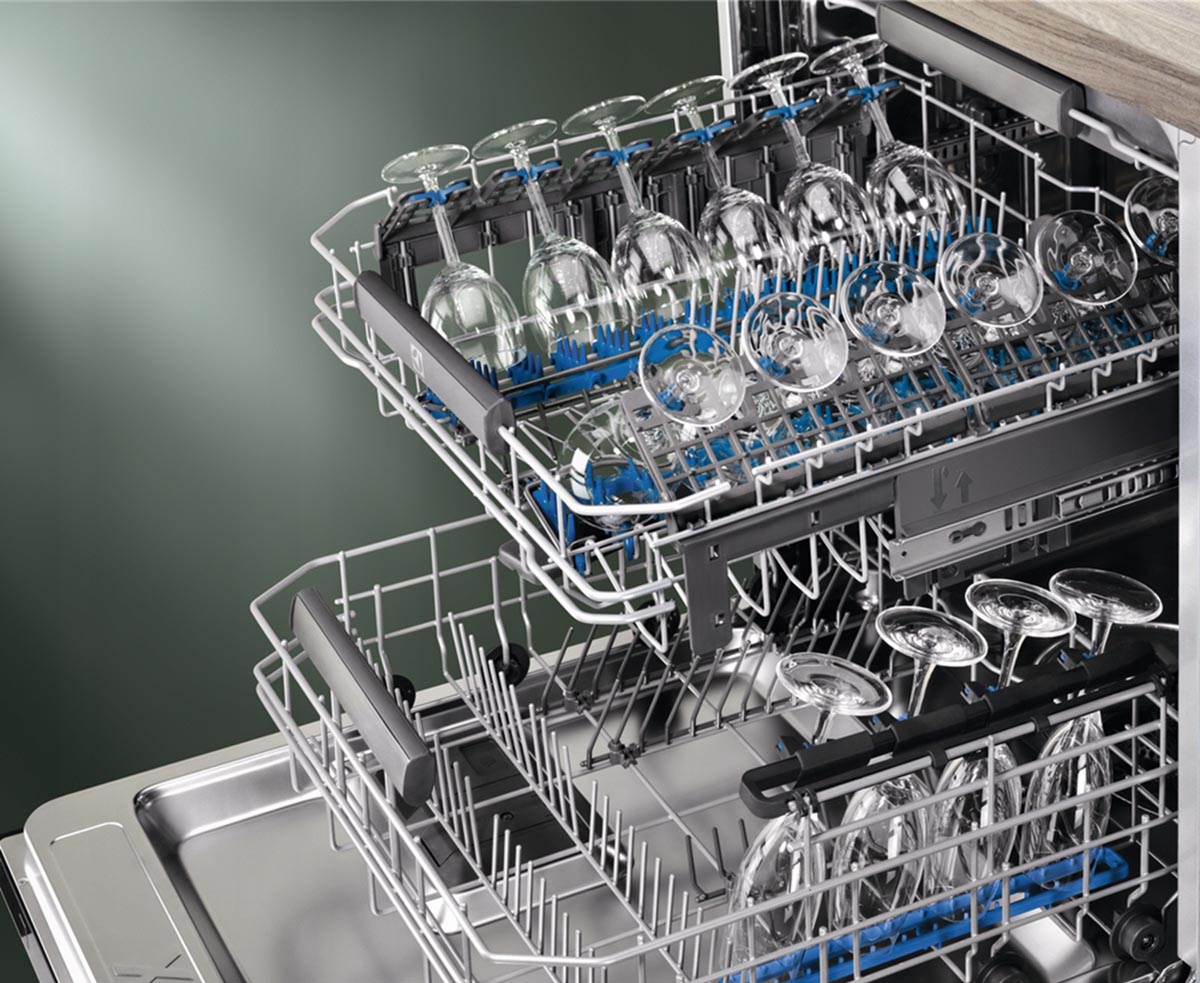

Tableware
What Setting Should You Use To Reduce Cloudiness In Stemware?
Modified: February 27, 2024
Discover the perfect setting to reduce cloudiness in your stemware with effective tableware techniques. Achieve crystal-clear glasses for a flawless dining experience.
(Many of the links in this article redirect to a specific reviewed product. Your purchase of these products through affiliate links helps to generate commission for Storables.com, at no extra cost. Learn more)
Introduction
When it comes to hosting a dinner party or enjoying a glass of wine after a long day, nothing beats the elegance and sophistication of using crystal-clear stemware. The way light dances through the glass, the delicate sound of a toast, and the way the aromas are enhanced by the proper vessel – all of these elements contribute to a truly immersive dining experience.
However, over time, you may notice that your once-pristine stemware becomes cloudy and dull. This cloudiness not only affects the visual appeal of your glassware but also impacts the taste and overall experience of your beverages. If you’ve ever wondered why this happens and how to prevent it, you’re in the right place.
In this article, we will explore the factors that contribute to cloudiness in stemware and provide you with recommended settings and techniques to maintain the crystal-clear beauty of your glassware. By understanding the root causes and implementing the right strategies, you can ensure that your stemware always shines brightly, enriching your dining experiences for years to come.
Key Takeaways:
- Maintain the brilliance of your stemware by adjusting dishwasher settings, using rinse aid, and addressing water hardness. Proper care ensures crystal-clear glassware for an enhanced dining experience.
- Implement gentle washing cycles, avoid abrasive cleaners, and inspect for damage to preserve the clarity of your stemware. By following these tips, your glassware will continue to sparkle beautifully.
Read more: What Is This Stemware Piece Used For?
Understanding Cloudiness in Stemware
Cloudiness in stemware refers to the hazy or filmy appearance that can develop on the surface of the glass. This phenomenon is often caused by a buildup of mineral deposits, detergent residue, or tiny scratches on the glass. Understanding the factors that contribute to cloudiness is crucial in implementing effective solutions to keep your stemware looking pristine.
One common cause of cloudiness is hard water. Hard water contains high levels of minerals, such as calcium and magnesium, which can leave behind deposits on glassware. These deposits can create a cloudy or dull appearance. Another factor is the dishwasher detergent used. Certain detergents can leave behind residues that cling to the glass, affecting its clarity. Additionally, the washing cycle itself can play a role, as high temperatures and harsh conditions may damage the glass surface, leading to cloudiness over time.
It’s important to note that not all cloudiness is permanent. In some cases, the cloudiness is merely a temporary reaction between certain substances and can be easily removed. However, if the cloudiness persists even after proper cleaning, it may be a sign of permanent damage to the glass.
Taking steps to prevent cloudiness in the first place is key to maintaining the beauty and clarity of your stemware. By understanding the various factors at play, you can make informed decisions when it comes to setting and maintaining your tableware, ensuring the continued enjoyment of your favorite beverages.
Factors Affecting Cloudiness
Several factors can contribute to the cloudiness of stemware. By understanding these factors, you can take the necessary measures to prevent or minimize cloudiness in your glassware.
1. Water Hardness: Hard water, which contains high levels of minerals like calcium and magnesium, can leave behind deposits on the surface of glassware. These mineral deposits can contribute to cloudiness over time. Testing the hardness of your water and using a water softener or filtering system can help reduce mineral buildup.
2. Dishwasher Detergent: The choice of dishwasher detergent can also impact the clarity of your stemware. Some detergents contain ingredients that can leave behind a residue on the glass, leading to cloudiness. Opt for a high-quality detergent specifically formulated for glassware or consider using a dishwasher additive, like a rinse aid, to help prevent residue buildup.
3. Washing Cycle: The washing cycle itself plays a role in stemware cloudiness. High temperatures, harsh detergents, and extended wash cycles can cause the glass to become damaged, leading to cloudiness. Select a gentle or delicate cycle for your stemware to minimize the risk of damage and cloudiness.
4. Scratching: Small scratches on the glass surface can trap particles and detergent residue, making the glass appear cloudy. Be mindful when handling and storing your stemware to avoid scratching the surface. Use soft cloths or non-abrasive materials for cleaning and storage.
5. Improper Drying: Allowing stemware to air dry can result in water spots and streaks, which can contribute to cloudiness. Dry the glassware immediately after washing using a clean, lint-free cloth. Avoid using towels or paper towels that may leave fibers or particles on the glass.
6. Age and Wear: Over time, wear and tear on the glass can lead to micro-abrasions and damage, making it more prone to cloudiness. Regularly inspect your stemware for any signs of damage and consider replacing pieces that are heavily worn.
By considering these factors and taking proactive steps to minimize their impact, you can help maintain the clarity and brilliance of your stemware.
Recommended Settings to Reduce Cloudiness
To keep your stemware looking crystal clear, it’s important to implement the right settings and techniques during the cleaning process. Here are some recommended settings to reduce cloudiness and maintain the beauty of your glassware:
1. Temperature Control: Set your dishwasher to a moderate temperature when washing stemware. Extremely hot water can cause the glass to expand and contract rapidly, leading to potential damage and cloudiness. Opt for a gentle or delicate cycle with a temperature range of 120-140°F (49-60°C) to ensure safe and effective cleaning.
2. Rinse Aid: Using a rinse aid in your dishwasher can be highly effective in preventing cloudiness. Rinse aids help to eliminate residue and improve water sheeting on the surface of the glass, reducing the chances of mineral deposits and detergent residue clinging to the glassware. Follow the dishwasher manufacturer’s instructions for adding the appropriate amount of rinse aid to optimize results.
3. Water Hardness Adjustment: If you have hard water, adjust the water softener settings on your dishwasher or use a detergent specifically formulated for hard water. This will help minimize mineral buildup and reduce the chances of cloudiness on your stemware.
4. Detergent Type: Choose a high-quality dishwasher detergent that is formulated for glassware. Look for detergents that are free from harsh chemicals and phosphates. Avoid using excessive detergent as this can leave behind a residue on the glass. Follow the detergent manufacturer’s recommendations for usage and dosage.
5. Gentle Cycle: Opt for a gentle or delicate cycle when washing stemware. This ensures a more careful and less abrasive washing process, reducing the risk of damage to the glass surface. Avoid using intense or heavy-duty cycles that may subject the glassware to harsh conditions.
6. Separate Stemware: Place stemware in a separate section or rack in the dishwasher to prevent it from coming into contact with other dishes or utensils. This minimizes the risk of scratches or damage during the wash cycle.
Implementing these recommended settings and techniques will help maintain the clarity and brilliance of your stemware, ensuring that each drink is served in a glass that sparkles as beautifully as the occasion demands.
Temperature Control
Proper temperature control during the cleaning process is crucial in maintaining the clarity and integrity of your stemware. Extreme temperatures can cause the glass to expand and contract rapidly, leading to potential damage and cloudiness. Here are some guidelines for temperature control to ensure the best results:
1. Optimal Washing Temperature: Set your dishwasher to a moderate temperature when washing stemware. The recommended temperature range for washing stemware is typically between 120-140°F (49-60°C). This temperature range strikes a balance between effective cleaning and minimizing the risk of thermal stress on the glass.
2. Avoid Excessive Heat: Avoid using the high-temperature settings on your dishwasher when washing stemware. These high temperatures can subject the glass to rapid temperature fluctuations, causing stress on the glass structure and potentially leading to cloudiness or even breakage. Opting for lower temperature settings helps protect the glassware and maintain its clarity.
3. Pre-Wash with Warm Water: If you notice visible stains or residue on your stemware before putting them in the dishwasher, consider pre-washing them with warm water. This can help loosen any stubborn debris and minimize the reliance on high temperatures during the main dishwasher cycle.
4. Avoid Sudden Temperature Changes: When transferring stemware from hot to cold environments, or vice versa, it’s important to avoid sudden temperature changes. For example, if your stemware has just come out of the dishwasher, allow it to cool down naturally before exposing it to cold air or water. Rapid temperature changes can cause the glass to crack or cloud over time.
5. Temperature-Safe Hand Washing: If you prefer to hand wash your stemware, pay attention to the water temperature. Use lukewarm water rather than hot water to minimize the risk of thermal stress on the glass. Gently wash the stemware with a mild dish soap and avoid abrasive scrubbing or high-pressure water jets that could damage the glass.
By maintaining proper temperature control throughout the cleaning process, you can help ensure the longevity and visual appeal of your stemware. It’s important to handle the delicate glass material with care and avoid subjecting it to extreme temperature changes to prevent any potential cloudiness or damage.
Read more: What Is Stemware?
Rinse Aid
Using a rinse aid in your dishwasher can be a game-changer when it comes to maintaining the crystal-clear appearance of your stemware. Rinse aids are designed to improve the drying process by reducing water spots and enhancing the overall cleanliness of your dishes and glassware. Here’s why using a rinse aid is beneficial for your stemware:
1. Residue Prevention: One of the main causes of cloudiness in stemware is the residue left behind by dishwasher detergents. Rinse aids help to eliminate these residues by improving water sheeting and preventing them from clinging to the surface of the glass. This helps to keep your stemware clear and free from any dull or filmy appearance.
2. Spot-Free Results: Rinse aids contain special additives that can prevent water droplets from forming on the glass surface. This reduces the chances of water spots and streaks, which can contribute to cloudiness. By using a rinse aid, your stemware will come out of the dishwasher sparkling and spot-free.
3. Enhanced Drying: Rinse aids assist in faster and more efficient drying by reducing the surface tension of water. This allows the water to flow off the glass more easily, leaving behind minimal moisture. By ensuring thorough drying, rinse aids prevent water droplets from evaporating and leaving mineral deposits on the glass, thus minimizing the risk of cloudiness.
4. Long-Term Maintenance: Regular use of rinse aid can have long-term benefits for your stemware. By keeping the glass free from residue and water spots, you are preserving the clarity and brilliance of your stemware over time. This makes rinse aid an essential part of your stemware maintenance routine.
5. Easy to Use: Adding rinse aid to your dishwasher is a straightforward process. Most dishwashers have a dedicated compartment for the rinse aid, where you can pour the recommended amount. Follow the instructions on the rinse aid bottle or the dishwasher manufacturer’s guidelines for proper usage.
It is important to note that rinse aid is not a substitute for using a high-quality dishwasher detergent. It should be used in conjunction with a suitable detergent to achieve optimal cleaning and to help prevent cloudiness in your stemware.
By incorporating a rinse aid into your dishwasher routine, you can ensure that your stemware maintains its pristine appearance, providing you with glassware that is as beautiful as it is functional.
To reduce cloudiness in stemware, use a rinse aid in your dishwasher and avoid using too much detergent. Hand wash with a mild detergent and dry with a soft cloth for best results.
Water Hardness
Water hardness is an important factor to consider when it comes to maintaining the clarity of your stemware. Hard water contains high levels of minerals, such as calcium and magnesium, which can leave behind deposits on the surface of your glassware over time. These mineral deposits can contribute to cloudiness and reduce the transparency of your stemware. Understanding and managing water hardness can help preserve the beauty of your glassware. Here’s what you need to know:
1. Testing Water Hardness: Determine the level of water hardness in your area by either using a water testing kit or contacting your local water utility company. The hardness is typically measured in grains per gallon (gpg) or parts per million (ppm). Knowing the hardness level will help you determine appropriate measures to prevent mineral buildup.
2. Water Softening: If you have hard water, consider installing a water softener system or using a water softening product. Water softeners remove excess minerals from the water, reducing its hardness. Softened water not only helps reduce mineral buildup on your stemware but also contributes to better overall cleaning performance in your dishwasher.
3. Filtering Systems: Another option to combat hard water is to use water filtration systems. These systems can help remove minerals and other impurities, making the water softer and less likely to leave deposits on your glassware. Choose a filtration system suitable for your specific water hardness level and follow the manufacturer’s guidelines for installation and maintenance.
4. Hard Water Detergents: Using specially formulated detergents designed for hard water can help reduce the impact of mineral deposits on your stemware. These detergents contain additives that bind with the minerals, preventing them from adhering to the glassware. Look for dishwasher detergents labeled as “hard water” or “mineral-fighting” for best results.
5. Regular Cleaning: Regularly cleaning your stemware and preventing mineral buildup is essential. Hand-wash your stemware using warm water and mild dish soap to remove any residues or mineral deposits. Gently scrub the glass using non-abrasive materials and rinse thoroughly with clean water. Avoid air drying as it can leave water spots on the glass surface.
By addressing water hardness and implementing necessary measures, you can significantly reduce the impact of mineral deposits on your stemware. Preserving the clarity and transparency of your glassware will not only enhance its aesthetic appeal but also ensure that your beverages are enjoyed to their fullest.
Detergent Type
The type of detergent you use in your dishwasher can greatly impact the clarity and appearance of your stemware. Not all dishwasher detergents are created equal when it comes to cleaning glassware effectively while minimizing the risk of cloudiness. Here are some factors to consider when choosing the right detergent for your stemware:
1. Glassware-Friendly Formulation: Look for dishwasher detergents that are specifically formulated for glassware. These detergents are designed to be gentle on delicate glass surfaces, helping to minimize the risk of cloudiness or etching. Check the product labels for phrases such as “safe for glassware” or “gentle on glass.”
2. Phosphate-Free: Phosphates, commonly found in some dishwasher detergents, can leave behind a residue on glassware, contributing to cloudiness. Opt for phosphate-free detergents to minimize the chances of residue buildup.
3. Rinse Aid Compatibility: Consider using a dishwasher detergent that is compatible with rinse aid. Rinse aid can enhance the overall performance of your dishwasher by preventing spotting and enhancing the drying process. Using a detergent that is designed to work synergistically with rinse aid can keep your stemware spot-free and clear.
4. Environmental Considerations: If you’re looking for an eco-friendly option, choose detergents that are labeled as environmentally friendly or biodegradable. These detergents are formulated with less harmful chemicals that are safer for both the environment and your stemware.
5. Recommended Dosage: Follow the manufacturer’s instructions regarding the proper dosage of detergent. Using too much detergent can leave behind a residue, while using too little may not provide effective cleaning. Finding the right dosage for your dishwasher and water conditions will help maintain the clarity and appearance of your stemware.
6. User Reviews: Read online reviews of different dishwasher detergents to see what other customers have experienced with their glassware. Look for positive reviews that specifically mention crystal-clear results with minimal cloudiness. This can provide valuable insight into the performance of different detergents.
Remember, it’s essential to choose a high-quality dishwasher detergent that is specifically formulated for glassware and compatible with your dishwasher’s settings. Using the right detergent will help ensure that your stemware remains beautifully clear and sparkling, enhancing your drinking experience.
Washing Cycle
The washing cycle you select for your dishwasher can make a significant difference in the clarity and cleanliness of your stemware. The cycle settings control factors such as temperature, duration, and intensity of the wash, which directly impact the condition of your glassware. Here are some considerations when choosing the right washing cycle for your stemware:
1. Gentle or Delicate Cycle: Opt for a gentle or delicate cycle specifically designed for delicate items like stemware. These cycles are milder in terms of temperature and water pressure, reducing the risk of damage to the glass surface. Gentle cycles help ensure that your stemware is treated with care and minimizes the chances of cloudiness or scratches.
2. Temperature Control: Select a washing cycle with a moderate temperature range, such as 120-140°F (49-60°C), for your stemware. Extreme temperatures can cause thermal stress on the glass, potentially leading to cloudiness or even breakage. Moderate temperatures are effective in cleaning without subjecting the glass to unnecessary harm.
3. Energy-Saving or Eco Cycle: If your dishwasher offers an energy-saving or eco cycle, consider using it for your stemware. These cycles typically have lower temperatures and shorter durations, efficient water usage, and reduced energy consumption. They provide a gentler cleaning process, ensuring that your stemware remains in pristine condition.
4. Avoid Intense Cycles: Avoid using intense or heavy-duty cycles for your stemware, as they may subject the glass to harsh conditions. These cycles are designed for heavily soiled dishes and can be too aggressive for delicate glassware. Opting for more delicate cycles will help preserve the clarity and integrity of your stemware.
5. Pre-Rinse Consideration: Some dishwashers offer a pre-rinse or quick rinse cycle, which can be useful for removing visible debris or food particles from your stemware before the main washing cycle. Pre-rinsing helps ensure that the dishwasher cycle can focus on deep cleaning instead of merely removing surface dirt.
6. Load Distribution: Properly load your stemware in the dishwasher to distribute weight evenly and minimize the risk of breakage or damage during the cycle. Place the glasses securely in the rack, ensuring they are not touching or leaning against each other.
By selecting the appropriate washing cycle for your stemware, you can effectively clean your glassware while minimizing the risk of cloudiness or damage. Take advantage of the settings available in your dishwasher to ensure that your stemware is treated delicately and maintains its sparkling clarity for years to come.
Read more: What Is Crystal Stemware?
Other Tips for Crystal Clear Stemware
In addition to the recommended settings and techniques discussed earlier, here are some additional tips to help you maintain the crystal-clear beauty of your stemware:
1. Gentle Hand Washing: If you have delicate or heirloom stemware, consider hand washing them instead of using the dishwasher. Use lukewarm water and a mild dish soap specifically formulated for glassware. Gently clean the glassware with a soft sponge or cloth, avoiding abrasive materials that could scratch the glass.
2. Avoid Abrasive Cleaners: Stay away from harsh or abrasive cleaners when washing your stemware. These cleaners can scratch the glass surface and create a breeding ground for residue or cloudiness. Stick to mild soaps or detergents that are safe for glassware.
3. Soft Drying Cloth: After washing, use a soft, lint-free cloth to dry your stemware. Avoid using paper towels or rough fabrics that can leave behind lint or fibers. Gently dry the glass, ensuring that no moisture remains on the surface.
4. Proper Storage: When storing your stemware, be mindful of how you stack and arrange them to prevent scratching or damage. Use stemware storage racks or separate each glass with soft, non-abrasive dividers. This helps maintain the pristine surface of the glass and minimizes the risk of cloudiness.
5. Avoid Extreme Temperatures: Avoid subjecting your stemware to extreme temperature changes, as this can lead to thermal stress and potential cloudiness. For example, do not take glassware from the freezer and immediately pour hot liquids into it. Allow the glassware to adjust to room temperature before exposing it to drastic temperature changes.
6. Regular Inspections: Routinely inspect your stemware for any signs of damage, such as chips or cracks. Damaged areas can attract residue and contribute to cloudiness. If you notice any severe damage, consider replacing the glassware to ensure the best drinking experience.
7. Avoid Overfilling: When pouring beverages into your stemware, avoid overfilling the glasses. Overfilled glasses can lead to spills and hard-to-clean residue. Fill the glass to a suitable level that allows you to comfortably swirl and enjoy the aromas without the risk of spillage.
8. Regular Cleaning: Consistent cleaning is key to preventing mineral buildup and cloudiness. Clean your stemware after each use, whether by hand or in the dishwasher, to remove any residue or deposits. This helps maintain the clarity and brilliance of your glassware.
By following these tips, you can ensure that your stemware remains crystal clear and ready to enhance your enjoyment of your favorite beverages. Taking proper care of your stemware will not only preserve its visual appeal but also enhance your overall dining experience.
Conclusion
Crystal-clear stemware adds elegance and sophistication to any dining experience. To preserve the beauty and clarity of your glassware, it’s important to understand and address the factors that can lead to cloudiness. By implementing the recommended settings and techniques mentioned in this article, you can ensure that your stemware remains in pristine condition for years to come.
Factors such as water hardness, detergent choice, washing cycle, and temperature control all play a role in the appearance of your stemware. By adjusting these factors appropriately, you can minimize mineral buildup, reduce residue, and prevent cloudiness. Using a rinse aid in your dishwasher can further enhance the drying process and prevent water spots, while gentle hand washing and proper storage can also contribute to maintaining the clarity and integrity of your stemware.
Regular cleaning and maintenance, as well as proper care during use, are crucial to keeping your stemware crystal clear. Inspecting for damage, avoiding extreme temperature changes, and using suitable utensils and cleaning materials all contribute to preserving the pristine quality of your glassware.
In conclusion, with the right knowledge and approach, you can enjoy crystal-clear stemware that adds a touch of elegance to every occasion. By incorporating these tips and techniques into your tableware care routine, you can ensure that your stemware continues to shine brilliantly, elevating your dining experiences and delighting your guests.
Frequently Asked Questions about What Setting Should You Use To Reduce Cloudiness In Stemware?
Was this page helpful?
At Storables.com, we guarantee accurate and reliable information. Our content, validated by Expert Board Contributors, is crafted following stringent Editorial Policies. We're committed to providing you with well-researched, expert-backed insights for all your informational needs.



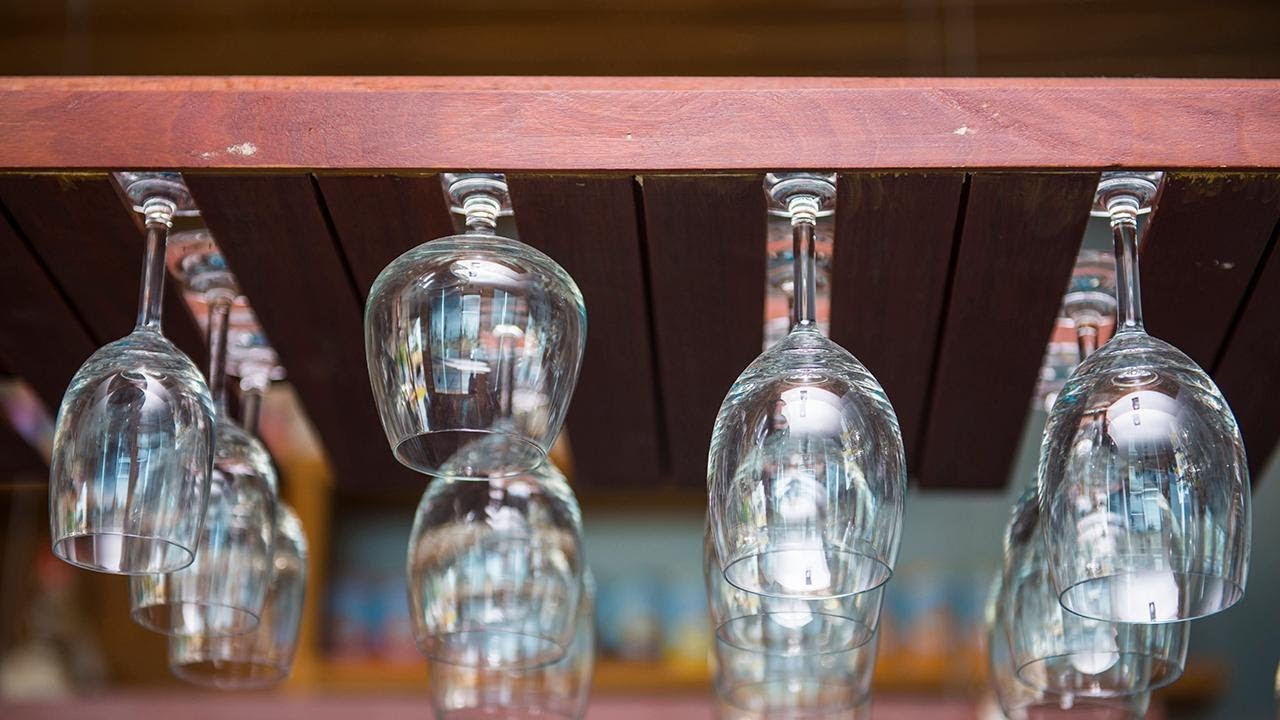



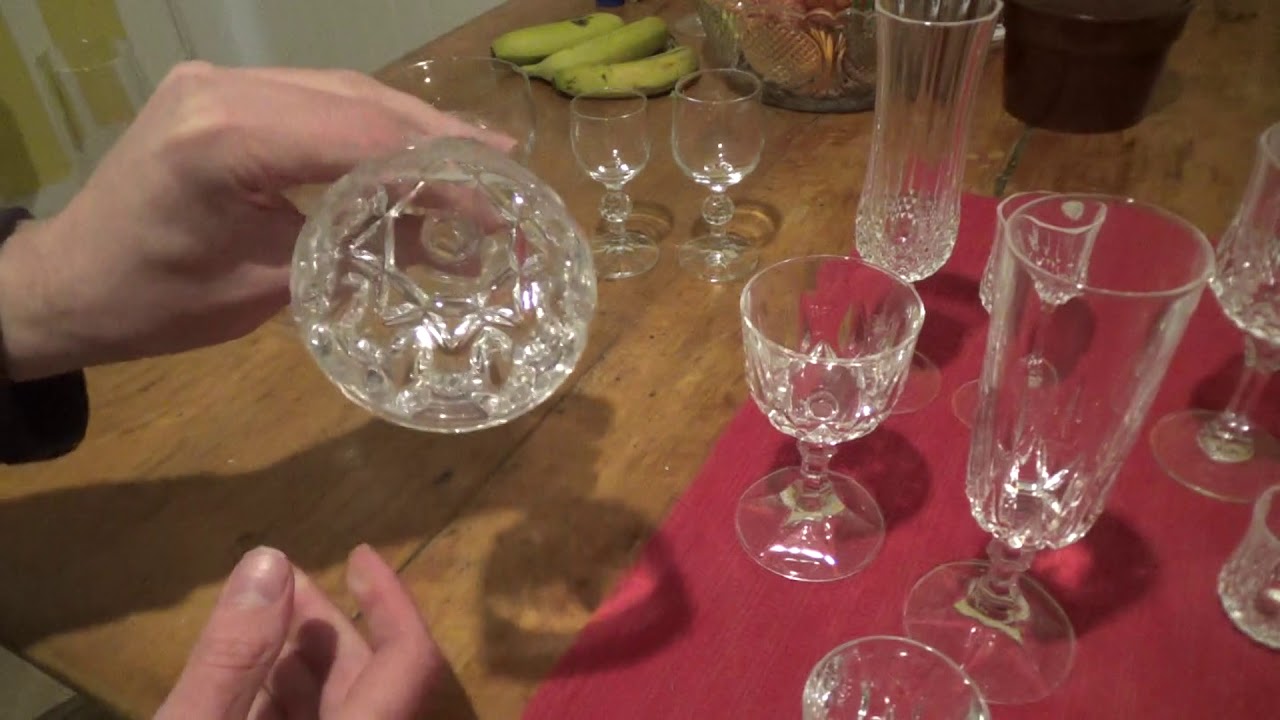


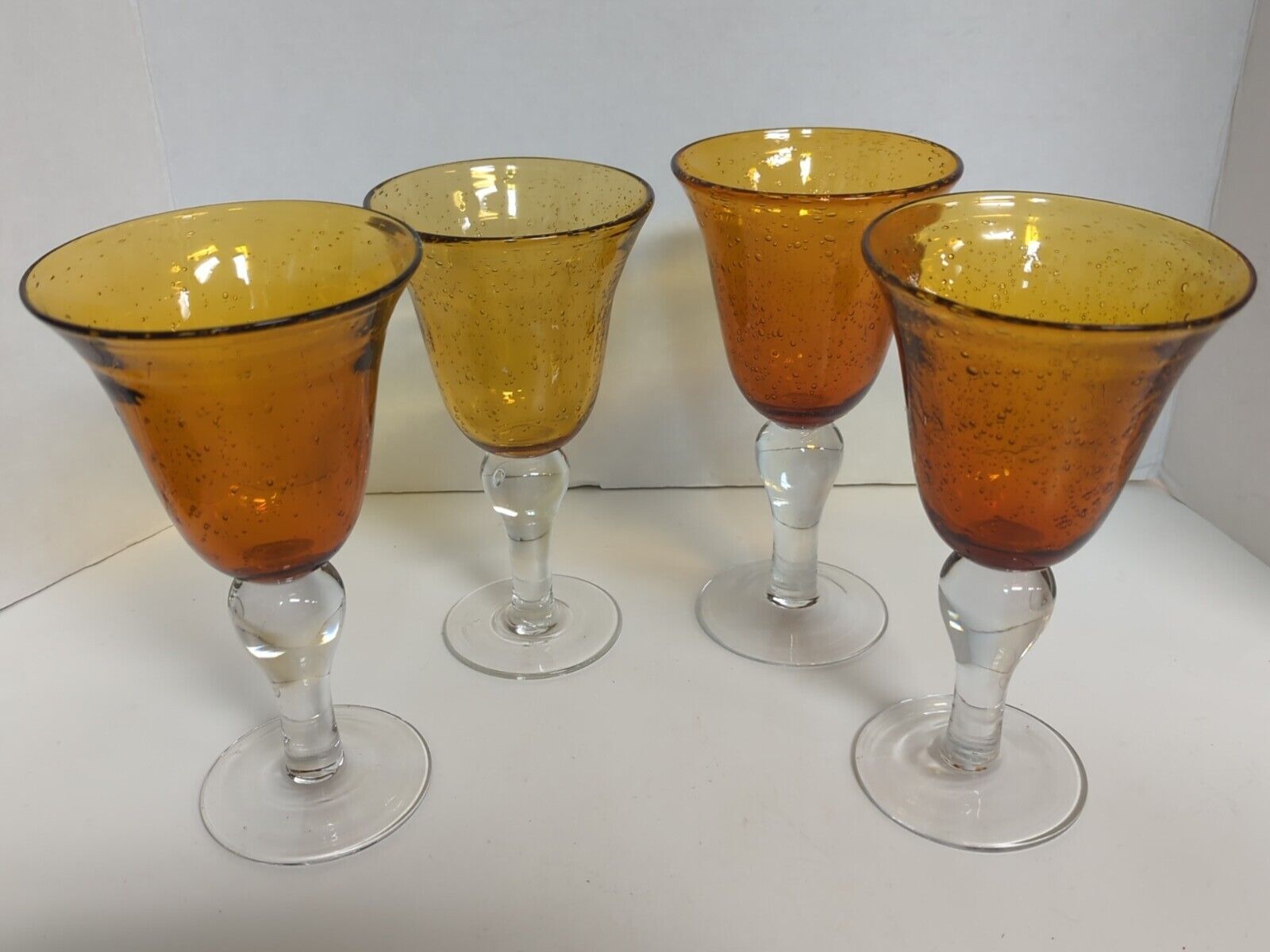

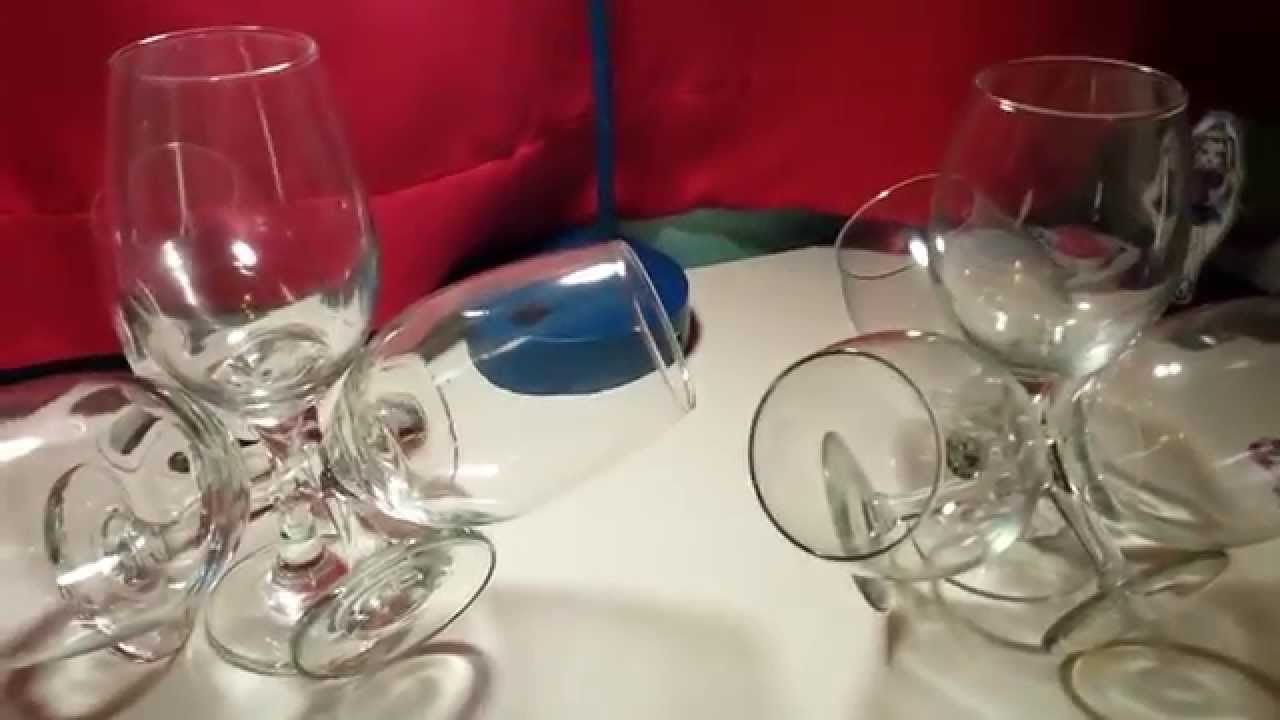

0 thoughts on “What Setting Should You Use To Reduce Cloudiness In Stemware?”